Points clés
Solutions rapides : Transformez le chocolat fondu restant en délicieuses friandises et conservez-le correctement :
-
Utilisations immédiates: Verser dans des moules, napper des fruits ou créer de l'écorce avec des garnitures
-
Méthodes de stockage: Refroidir progressivement, emballer hermétiquement, conserver dans un endroit frais et sec
-
Potentiel de réutilisation: Le chocolat fondu correctement stocké peut être refondu plusieurs fois
-
Options créatives: Faire des truffes, des grappes de chocolat ou des éléments décoratifs
-
Préservation de la qualité: Maintenir la température lorsque possible pour de meilleurs résultats de texture
-
Chronologie de sécurité: Utiliser dans les 1-2 semaines pour une qualité et une sécurité optimales
Découvrez le premium collections de chocolat fin parfait pour les projets de fonte qui minimisent le gaspillage grâce à une qualité supérieure et des résultats constants.
Que faire avec le chocolat fondu restant
Que faire avec le chocolat fondu restant représente un défi courant tant pour les boulangers professionnels que pour les amateurs de chocolat à la maison qui se retrouvent avec un excès de chocolat fondu après avoir terminé leurs projets prévus. Plutôt que de laisser cet ingrédient précieux se solidifier en une masse inutilisable ou, pire, de le jeter complètement, comprendre les techniques de manipulation appropriées transforme un gaspillage potentiel en opportunités de créations culinaires supplémentaires.
Les chocolatiers professionnels et les pâtissiers développent des approches systématiques pour la gestion du chocolat restant qui minimisent le gaspillage tout en maximisant le potentiel culinaire. Ces méthodes se concentrent sur le maintien de la qualité du chocolat tout en créant une valeur ajoutée à partir de ce qui pourrait autrement devenir un matériau jeté.
Solutions de stockage : Comment conserver le chocolat fondu restant
Comment stocker le chocolat fondu restant nécessite de comprendre le processus de refroidissement et de solidification pour maintenir la qualité du chocolat pour une utilisation future. Les techniques de stockage appropriées préservent à la fois la saveur et la texture tout en empêchant la formation de bloom et en respectant les normes de sécurité alimentaire.
Étapes immédiates de stockage :
-
Permettre un refroidissement progressif: Éviter les changements rapides de température qui provoquent le bloom
-
Couvrir la surface: Prévenir la formation de peau et la contamination
-
Choisir des contenants appropriés: Utiliser des matériaux non réactifs qui ne transfèrent pas les saveurs
-
Étiqueter avec la date: Suivre le temps de stockage pour la gestion de la qualité
-
Noter le type de chocolat: Différentes variétés ont des exigences de stockage différentes
Considérations pour le stockage à long terme :
-
Stabilité de la température: Maintenir des températures fraîches et constantes
-
Contrôle de l'humidité: Éviter l'exposition à l'humidité qui cause la floraison du sucre
-
Circulation de l'air: Permettre une circulation d'air douce sans courants d'air directs
-
Protection contre la lumière: Conserver dans l'obscurité pour éviter les fluctuations de température
-
Accessibilité: Positionner pour un accès et une inspection faciles
Techniques de stockage professionnelles
Comment stocker le chocolat fondu exige efficacement des techniques qui préservent la qualité tout en empêchant la détérioration. Les cuisines professionnelles utilisent des méthodes spécifiques qui maintiennent l'utilisabilité du chocolat sur de longues périodes.
Mark Chen, qui gère le stockage du chocolat pour une boulangerie commerciale, décrit son approche systématique : "Nous versons le chocolat fondu restant dans des moules en silicone ou sur des plaques recouvertes de papier sulfurisé, le laissons refroidir naturellement, puis le stockons dans des contenants hermétiques avec des étiquettes indiquant le type et la date. Nous utilisons le chocolat stocké plus ancien pour des applications où l'apparence compte moins, comme la ganache ou les pâtes à brownie."
Produits chocolatés de qualité professionnelle, tels que Pastilles de chocolat noir FCH Candy Melts, sont spécialement formulés pour des cycles répétés de fonte et de refroidissement, ce qui les rend idéaux pour les situations où la réutilisation du chocolat est courante.
Utilisations créatives : choses à faire avec du chocolat fondu
Choses à faire avec du chocolat fondu s'étendent bien au-delà de l'application initiale prévue, ouvrant des possibilités pour des friandises spontanées, des éléments décoratifs et des cadeaux qui maximisent la valeur des ingrédients chocolatés premium.
Applications créatives rapides :
-
Écorce de chocolat: Ajouter des noix, des fruits secs ou des morceaux de bonbons avant refroidissement
-
Enrobage de fruits: Trempez des fraises, des morceaux de banane ou des tranches de pomme
-
Enrobage de bretzel: Créez des combinaisons sucré-salé avec des bretzels salés
-
Chocolat en cuillère: Versez dans des moules à cuillère pour des touillettes de chocolat chaud
-
Filets décoratifs: Créez des motifs sur du papier parchemin pour décorer les gâteaux
Projets créatifs avancés :
-
Amas de chocolat: Combinez avec des céréales, des noix ou des fruits secs
-
Centres de truffes: Refroidissez et façonnez en boules pour la fabrication de truffes
-
Projets de moulage: Utilisez des moules existants pour créer des chocolats en forme
-
Chocolats en couches: Combinez différents types de chocolat en couches
-
Surfaces texturées: Créez des motifs intéressants à l'aide de peignes ou d'outils
Créations saisonnières et thématiques
Comprendre que faire avec du chocolat fondu devient particulièrement précieux pendant les vacances ou les occasions spéciales lorsque des friandises thématiques améliorent les célébrations tout en utilisant efficacement les ingrédients restants.
Rachel Thompson, une pâtissière amateur qui organise fréquemment des fêtes, partage son expérience : "Chaque fois que j'ai du chocolat fondu restant d'un projet de pâtisserie, je pense immédiatement à ce qui arrive sur le calendrier. Les restes de la Saint-Valentin deviennent des écorces en forme de cœur, les excès d'Halloween deviennent des friandises à thème effrayant. C'est devenu une façon amusante de planifier à l'avance tout en utilisant tout."
Du chocolat de qualité, comme le riche Chocolat noir 55 % Venezuela, offre une saveur exceptionnelle qui améliore ces projets créatifs, rendant les friandises improvisées aussi savoureuses que des créations professionnelles.
Potentiel de réutilisation : Peut-on réutiliser le chocolat fondu
Peut-on réutiliser le chocolat fondu dépend de plusieurs facteurs, notamment la qualité initiale du chocolat, la façon dont il a été fondu, les conditions de stockage et l'application finale prévue. Comprendre ces variables aide à déterminer quand la réutilisation est appropriée et comment obtenir des résultats optimaux.
Facteurs influençant le succès de la réutilisation :
-
Qualité initiale du chocolat: Les chocolats de meilleure qualité se réutilisent avec plus de succès
-
Méthode de fonte: Le chocolat correctement tempéré se réutilise mieux que les variétés surchauffées
-
Prévention de la contamination: Une manipulation propre prévient les goûts indésirables et la détérioration
-
Conditions de stockage: Un stockage approprié maintient le potentiel de réutilisation
-
Temps écoulé: Le chocolat stocké plus frais se réutilise avec plus de succès
Réutilisation selon le niveau de qualité :
-
Excellent état: Convient à toutes les applications, y compris le tempérage
-
Bon état: Approprié pour la pâtisserie, les ganaches et la décoration occasionnelle
-
État moyen: Idéal pour les applications où l'apparence compte moins
-
Mauvais état: Peut nécessiter une évaluation pour la sécurité et la qualité aromatique
Aspects techniques de la réutilisation du chocolat
La question "peut-on réutiliser le chocolat fondu" implique la compréhension de la structure cristalline du chocolat et de la manière dont les cycles répétés de chauffage et de refroidissement affectent ses propriétés. Cette connaissance aide à déterminer les applications appropriées pour le chocolat réutilisé.
David Rodriguez, technicien en chocolat travaillant dans le traitement industriel du chocolat, explique la science : "Le chocolat peut être refondu plusieurs fois s'il est manipulé correctement, mais chaque cycle affecte potentiellement son tempérage et sa texture finale. Pour les applications commerciales, nous suivons le nombre de fois que le chocolat a été retraité et ajustons nos attentes en conséquence."
Considérations sur la température et la manipulation
Une gestion appropriée de la température lors de la manipulation de que faire avec le chocolat fondu restant affecte à la fois l'utilisabilité immédiate et le succès du stockage à long terme. Comprendre les plages de température optimales pour différentes applications aide à maximiser l'utilité du chocolat tout en maintenant la qualité.
Zones de température pour différentes applications :
-
Température de fonctionnement: 88-90°F pour les applications de glaçage au chocolat noir
-
Préparation au stockage: 75-80°F pour un refroidissement et une solidification contrôlés
-
Préparation à la refonte: Température ambiante (70-75°F) pour un chauffage progressif
-
Refroidissement d'urgence: Refroidissement contrôlé pour prévenir le choc thermique
-
Spécifique à l'application: Différents projets nécessitent différentes températures de travail
Facteurs environnementaux :
-
Température ambiante: Les conditions ambiantes affectent le temps de refroidissement et de travail
-
Niveaux d'humidité: L'humidité dans l'air peut affecter la qualité de la surface du chocolat
-
Mouvement de l'air: Les courants d'air peuvent provoquer un refroidissement inégal et des défauts de surface
-
Sources de chaleur en cuisine: Les fours ou plaques de cuisson à proximité affectent la stabilité du chocolat
-
Variations saisonnières: La chaleur estivale et les systèmes de chauffage hivernaux créent des défis
Gestion professionnelle de la température
Lisa Park, qui enseigne des cours de fabrication de chocolat, a observé comment la conscience de la température influence la réussite des étudiants avec le chocolat restant : "Les étudiants qui comprennent la gestion de la température gaspillent rarement du chocolat. Ils apprennent à travailler selon les préférences de température du chocolat plutôt que de lutter contre elles. Lorsqu'ils ont des restes, ils savent exactement comment les refroidir et les conserver pour une utilisation future."
Recettes créatives
Que faire avec du chocolat fondu en trop ouvre des opportunités pour la création spontanée de recettes qui transforment les restes en desserts et friandises planifiés. Ces applications vont des ajouts simples aux préparations complexes mettant en valeur le chocolat comme ingrédient principal.
Recettes d'intégration simples :
-
Brownies au chocolat marbré: Incorporer le chocolat restant marbré dans la pâte à brownie
-
Base de chocolat chaud: Conserver en portions pour une préparation future de chocolat chaud
-
Ajout à la pâte à biscuits: Incorporer des morceaux dans les recettes de biscuits
-
Tourbillon de glace: Créer des rubans de chocolat dans la glace maison
-
Amélioration du glaçage de gâteau: Ajouter de la richesse à la crème au beurre ou à la ganache
Projets de préparation complexes :
-
Desserts en couches: Utiliser différents types de chocolat dans les trifles ou les parfaits
-
Desserts moulés: Créer des desserts moulés en utilisant les moules disponibles
-
Projets de confiserie: Faire des chocolats fourrés ou des centres de truffes
-
Éléments décoratifs: Créer des garnitures et des présentations artistiques
-
Préparations de cadeaux: Transformer les restes en cadeaux présentables
Adaptations de recettes saisonnières
Comprendre les opportunités saisonnières aide à répondre que faire avec le chocolat fondu restant de manières qui correspondent aux événements du calendrier et à la disponibilité saisonnière des ingrédients.
Maria Santos, qui dirige une entreprise de chocolat en petites séries depuis chez elle, explique son approche saisonnière : « Le chocolat restant du printemps devient une écorce de Pâques avec des décorations pastel. L'excès d'été est transformé en friandises glacées au chocolat. Chaque saison offre différentes opportunités d'utiliser le chocolat restant de manière opportune et attrayante. »
Chocolats professionnels à fondre, tels que FCH Pépites de chocolat au lait pour fondue, fournir des résultats cohérents pour ces projets saisonniers tout en maintenant la qualité à travers plusieurs utilisations.
Considérations de sécurité alimentaire et d'hygiène
Gestion comment stocker le chocolat fondu Cela nécessite une compréhension des principes de sécurité alimentaire qui empêchent la contamination tout en maintenant la qualité du chocolat. Ces considérations deviennent particulièrement importantes lorsque le chocolat est stocké pour de longues périodes ou partagé avec d'autres.
Prévention de la contamination :
-
Ustensiles propres: Utiliser des outils désinfectés pour toute manipulation du chocolat
-
Contrôle de la température: Maintenir des températures sûres tout au long du stockage
-
Prévention de l'humidité: Garder le chocolat au sec pour prévenir la croissance microbienne
-
Contamination croisée: Stocker séparément des saveurs fortes ou des allergènes potentiels
-
Limites de temps: Établir des périodes de stockage maximales pour différentes applications
Pratiques d'hygiène de stockage :
-
Assainissement des contenants: Nettoyer et sécher soigneusement tous les contenants de stockage
-
Systèmes d'étiquetage: Suivre les dates et les types de chocolat pour la rotation
-
Inspection régulière: Vérifier le chocolat stocké pour détecter des changements de qualité
-
Surveillance de l'environnement: Maintenir des conditions de stockage appropriées
-
Documentation: Enregistrer les dates de stockage et les plans d'utilisation
Normes professionnelles de sécurité alimentaire
Les cuisines commerciales maintiennent des protocoles stricts pour comment conserver le chocolat fondu restant que les utilisateurs domestiques peuvent adapter pour garantir la sécurité tout en maximisant l'utilité.
Récupération du chocolat pour réutilisation
Méthodes professionnelles de manipulation que faire avec le chocolat fondu restant incluent des techniques avancées qui maximisent la récupération tout en maintenant les normes de qualité professionnelle. Ces méthodes aident les chocolatiers sérieux à minimiser les déchets dans des situations à grand volume.
Méthodes professionnelles de récupération :
-
Techniques de re-tempering: Restaurer une structure cristalline appropriée pour des applications professionnelles
-
Stratégies de mélange: Combiner différents types de chocolat pour des applications spécifiques
-
Classement de la qualité: Catégoriser le chocolat stocké selon son état pour une utilisation appropriée
-
Traitement par lots: Gérer plusieurs types de chocolat de manière systématique
-
[6]: Suivre l'historique du chocolat pour le contrôle qualité
Considérations sur l'équipement :
-
Équipements de fonte: Outils appropriés pour un réchauffage doux
-
Contenants de stockage: Solutions de stockage professionnelles
-
Surveillance de la température: Outils pour un contrôle précis de la température
-
Contrôle de qualité: Méthodes pour évaluer l'état du chocolat stocké
-
Organisation de l'espace de travail: Systèmes pour une gestion efficace du chocolat
Intégration aux flux de production
Thomas Anderson, qui gère la production de chocolat pour une boulangerie de taille moyenne, décrit comment la gestion du chocolat restant s'intègre à la production régulière : "Nous considérons le chocolat restant comme un stock à gérer. Il est catégorisé, étiqueté et affecté aux créneaux de production appropriés. Cette approche systématique signifie que nous gaspillons rarement du chocolat tout en maintenant les normes de qualité pour tout ce que nous produisons."
Questions fréquemment posées
Que faire du chocolat fondu restant qui a refroidi ?
Le chocolat fondu refroidi peut être doucement refondu en utilisant la méthode du bain-marie ou un chauffage au micro-ondes à faible puissance. Cassez-le en petits morceaux pour un chauffage uniforme, et utilisez-le pour la pâtisserie, la préparation de ganache ou la décoration occasionnelle où un tempérage parfait n'est pas crucial.
Comment conserver le chocolat fondu pour une utilisation ultérieure ?
Versez le chocolat fondu sur du papier sulfurisé ou dans des moules, laissez-le refroidir naturellement, puis emballez-le hermétiquement et conservez-le dans un endroit frais et sec. Étiquetez avec la date et le type, et utilisez-le dans les 1 à 2 semaines pour une qualité optimale.
Peut-on réutiliser le chocolat fondu plusieurs fois ?
Oui, le chocolat de qualité peut être refondu plusieurs fois s'il est manipulé correctement. Chaque cycle peut légèrement affecter la texture et le tempérage, rendant le chocolat réutilisé plus adapté à la pâtisserie ou aux applications où l'apparence parfaite n'est pas cruciale.
Que faire avec le chocolat fondu en trop provenant de projets de pâtisserie ?
Créez des écorces de chocolat avec des noix ou des fruits secs, trempez des fruits frais, faites des grappes de chocolat ou versez dans de petits moules pour de futurs bâtonnets de chocolat chaud. Ces projets rapides utilisent l'excès de chocolat tout en créant des friandises supplémentaires.
Combien de temps le chocolat fondu stocké se conserve-t-il ?
Le chocolat correctement stocké qui a été préalablement fondu conserve sa qualité pendant 1 à 2 semaines à température ambiante, ou plusieurs mois s'il est congelé. Vérifiez la présence de fleur, d'odeurs désagréables ou de changements de texture avant utilisation.
Que faire avec du chocolat fondu pour les débutants ?
Commencez par des projets simples comme des bretzels enrobés de chocolat, des fruits à tremper ou des écorces de chocolat avec diverses garnitures. Ceux-ci nécessitent peu de compétences tout en produisant des résultats attrayants qui utilisent efficacement le chocolat restant.
Comment conserver le chocolat fondu restant par temps chaud ?
Dans les climats chauds, réfrigérez le chocolat stocké dans des contenants hermétiques, mais laissez-le revenir progressivement à température ambiante avant de le refondre pour éviter la condensation et la formation de fleur.
Conclusion : Maximiser la valeur du chocolat grâce à une gestion intelligente
Comprendre que faire avec le chocolat fondu restant transforme les déchets potentiels en opportunités de créativité et de maximisation de la valeur. La clé réside dans le développement d'approches systématiques de stockage, d'évaluation et d'utilisation qui maintiennent la sécurité alimentaire tout en ouvrant des possibilités pour des projets culinaires supplémentaires.
Des techniques de stockage appropriées préservent la qualité du chocolat pendant de longues périodes, tandis que des applications créatives garantissent que les ingrédients chocolatés premium offrent une valeur maximale grâce à plusieurs utilisations. Qu'il s'agisse de créer des friandises simples ou des confiseries complexes, le chocolat fondu restant devient un atout plutôt qu'un défi lorsqu'il est manipulé avec les connaissances et techniques appropriées.
L'investissement dans un chocolat de qualité devient plus justifié lorsque chaque portion est utilisée efficacement. Les produits de qualité professionnelle conçus pour les applications de fonte offrent des résultats constants lors de multiples utilisations tout en maintenant les normes de sécurité et de qualité.
Pour les passionnés de chocolat recherchant des produits spécifiquement conçus pour des projets de fonte qui minimisent le gaspillage grâce à une performance supérieure et un potentiel de réutilisation, explorer des options premium auprès de fournisseurs établis garantit des résultats optimaux tant pour des applications chocolatées planifiées qu'improvisées.
Prêt à tirer le meilleur parti de vos investissements en chocolat ? Découvrez des chocolats fondants premium et des collections conçues pour des résultats professionnels et un minimum de gaspillage sur Zucchero Canada.

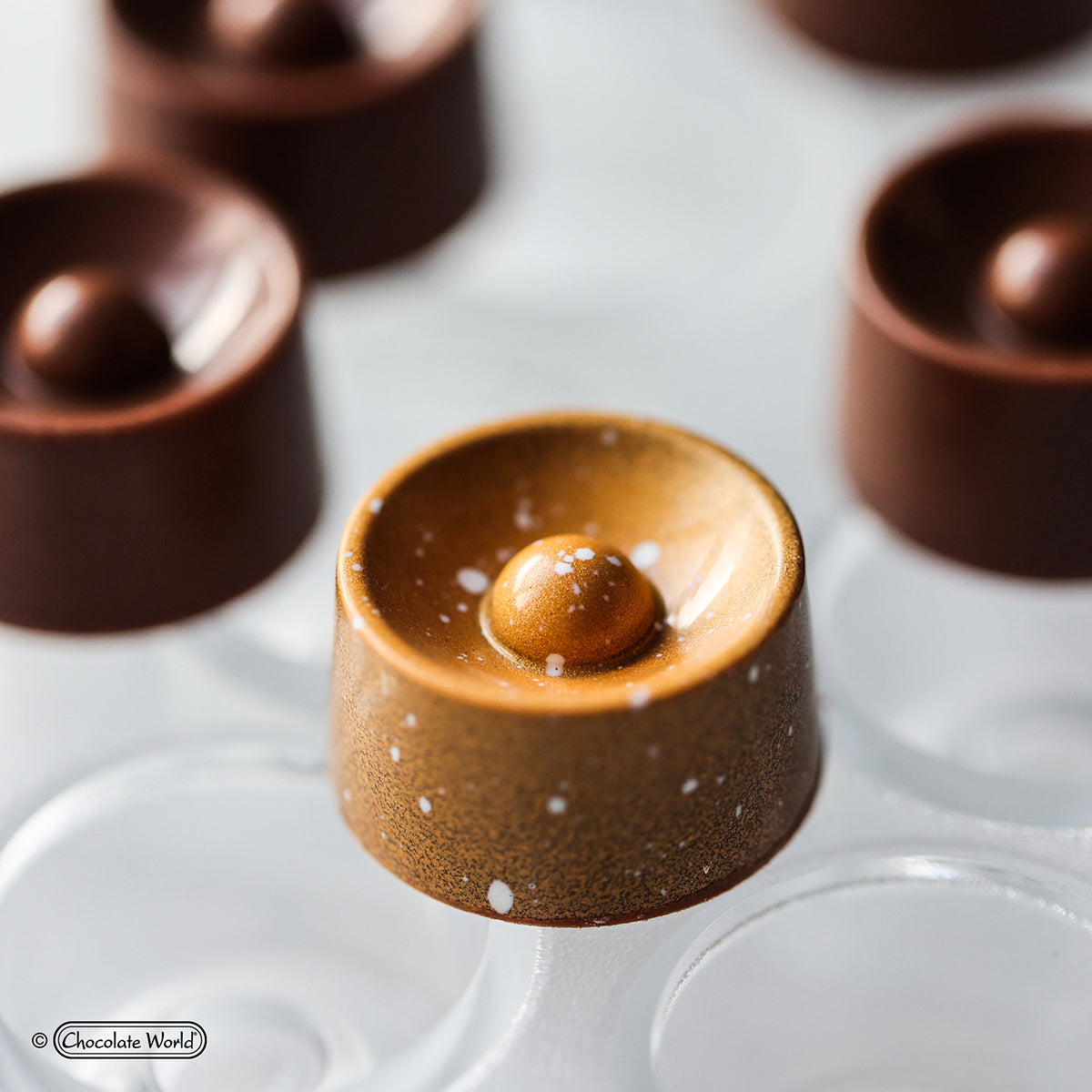
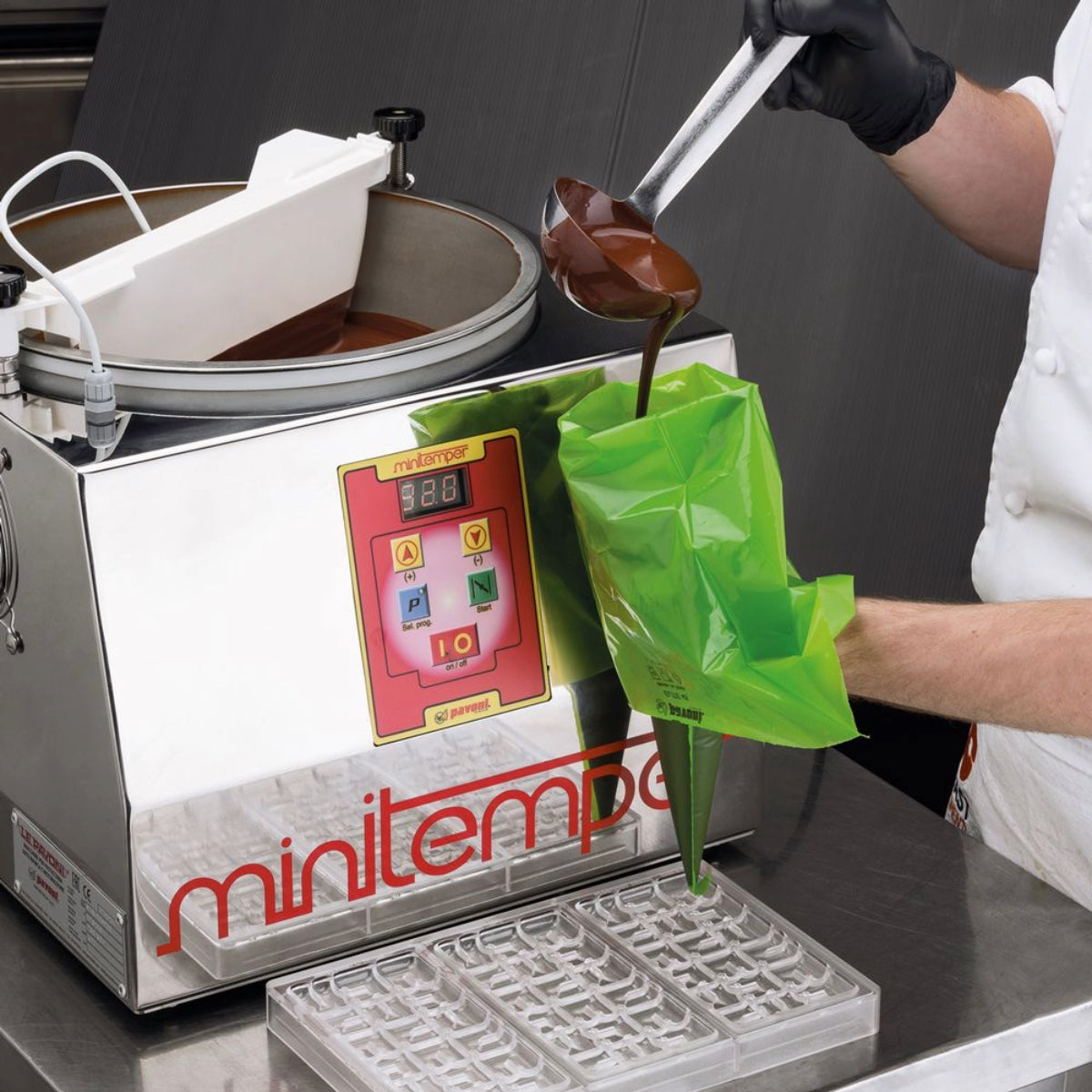
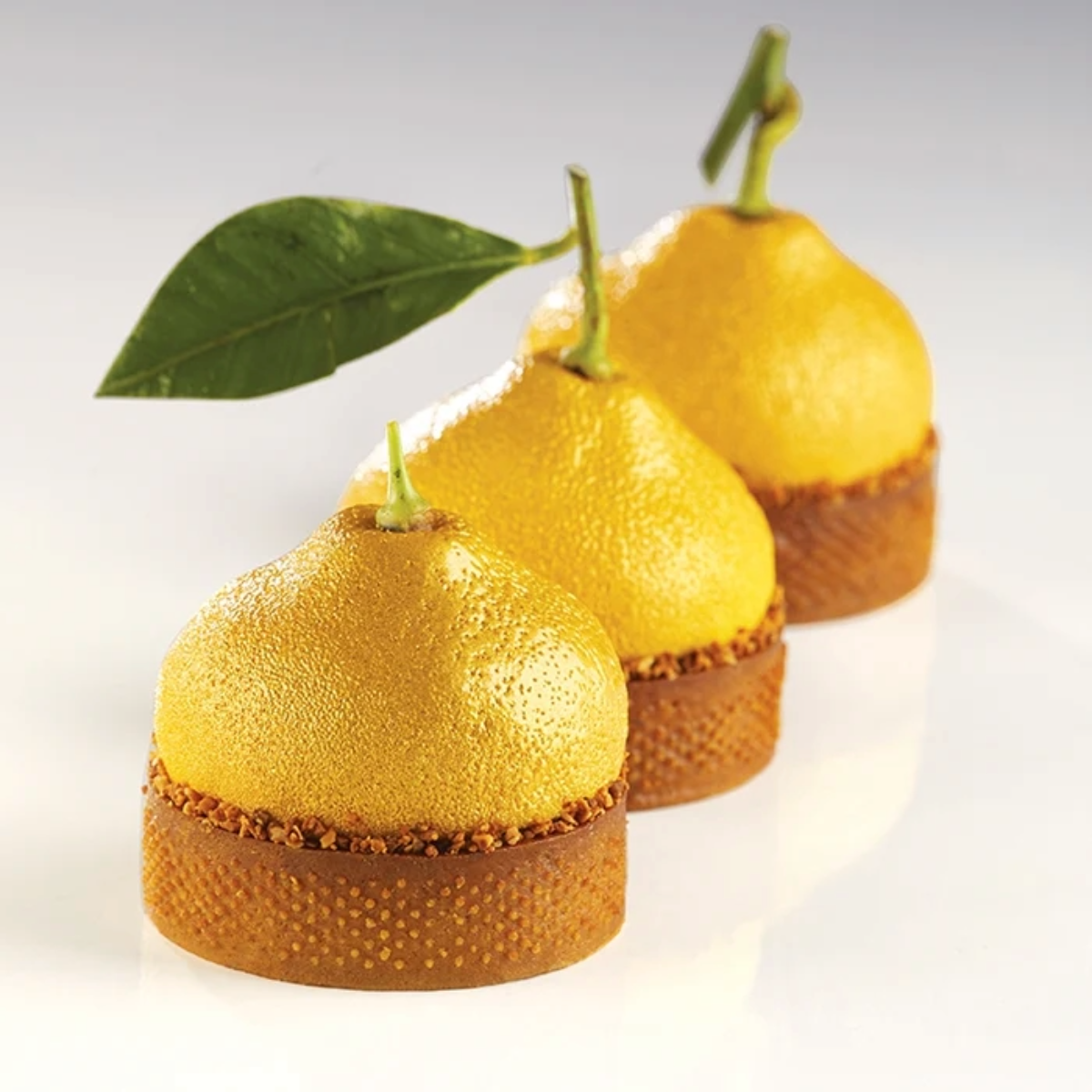
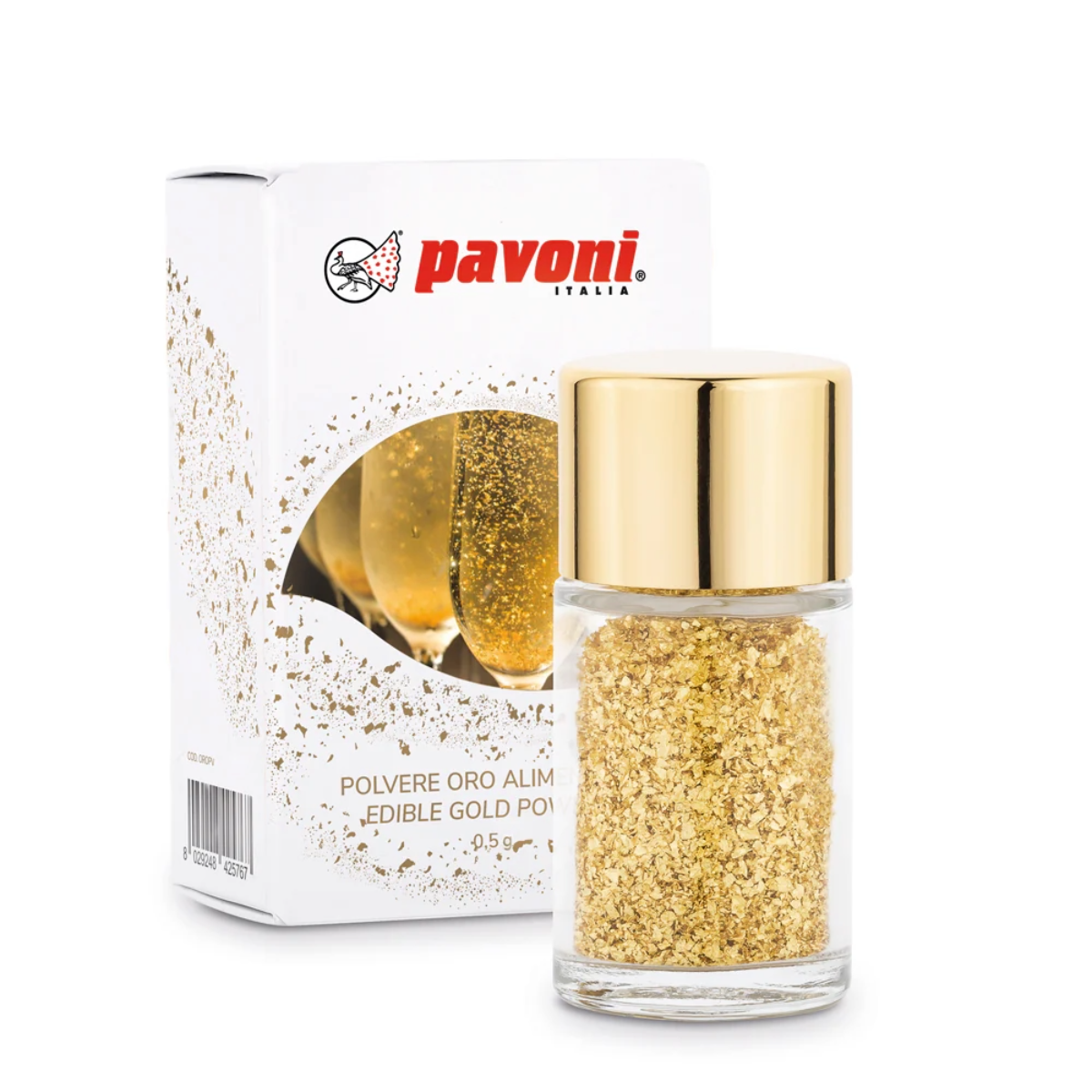

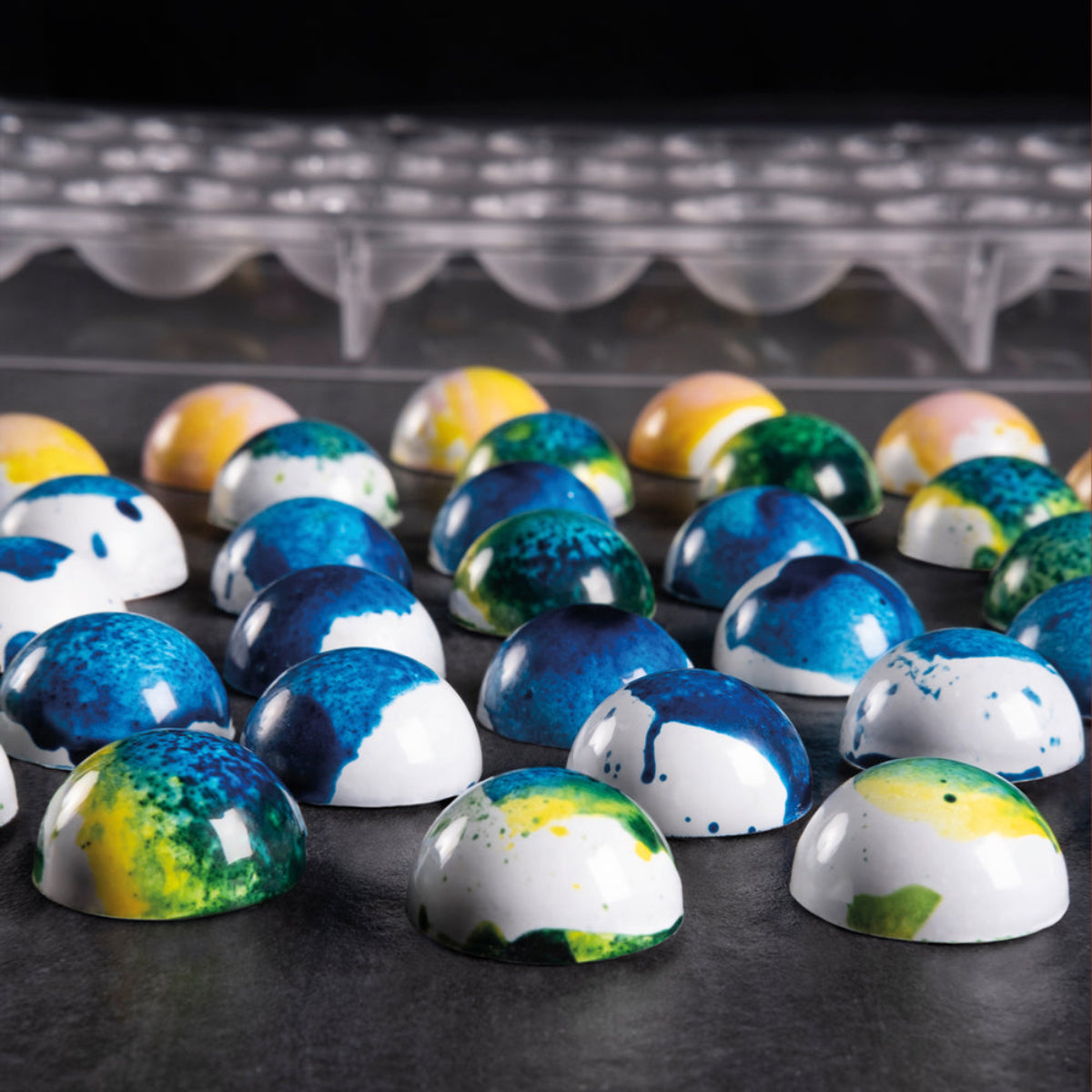



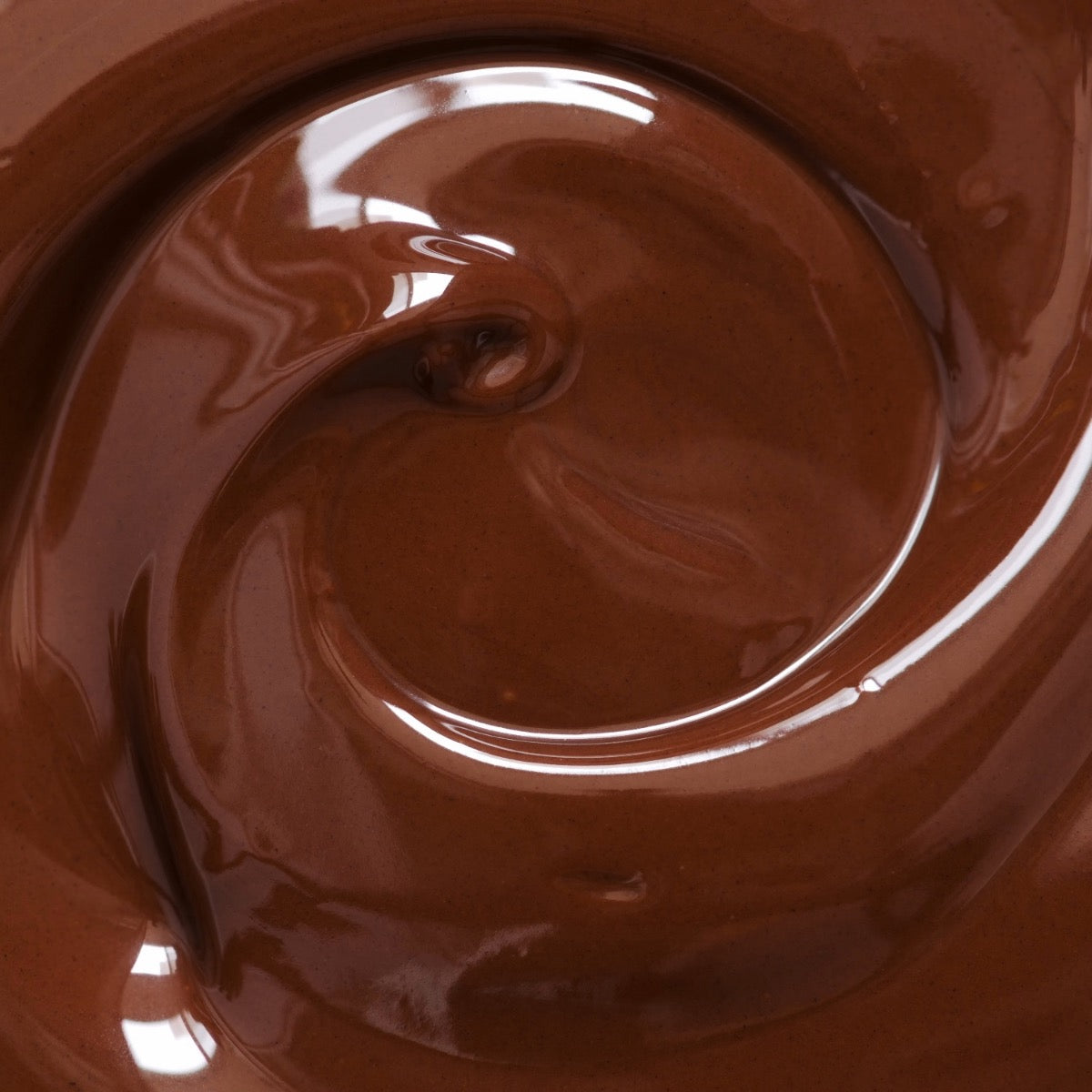
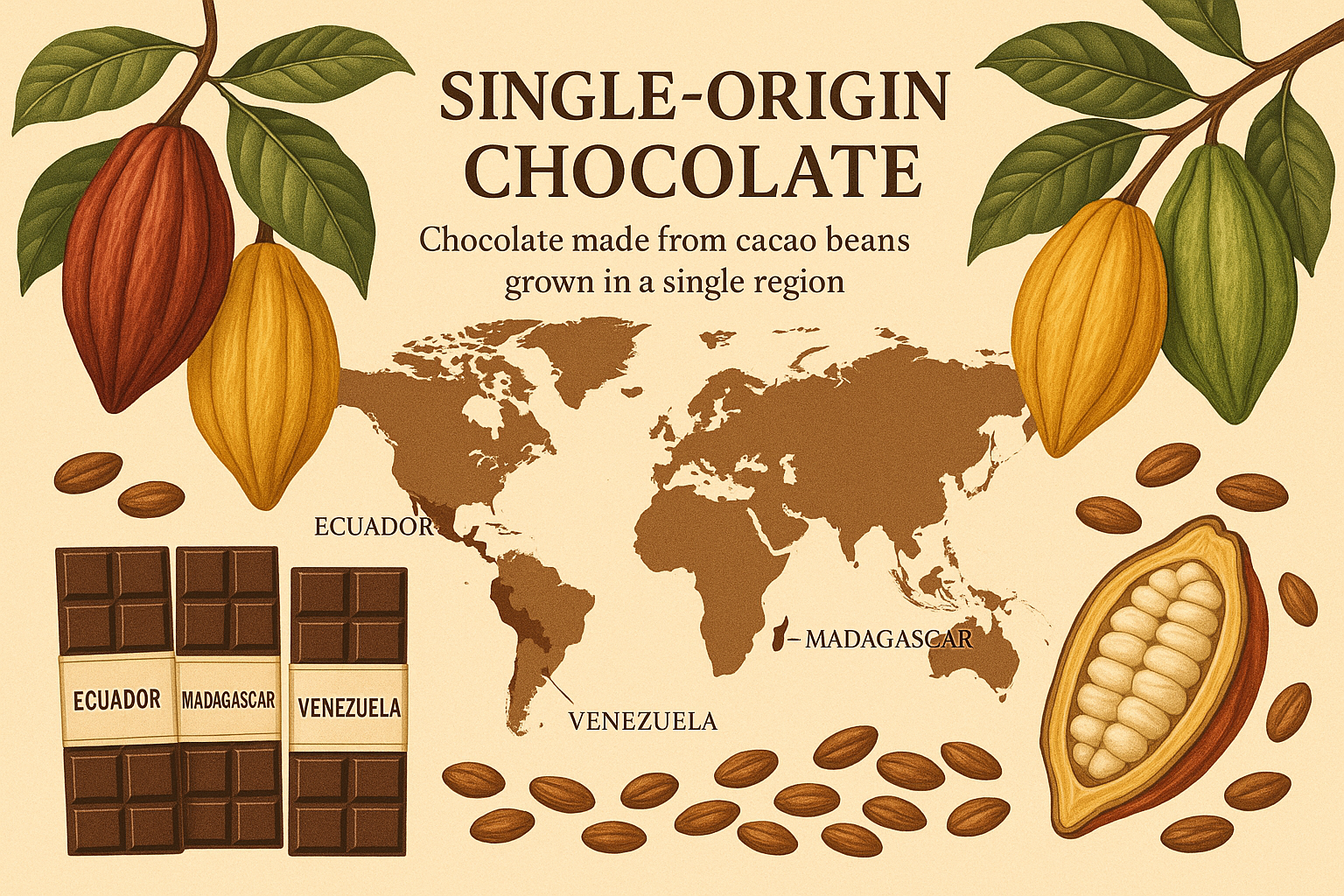
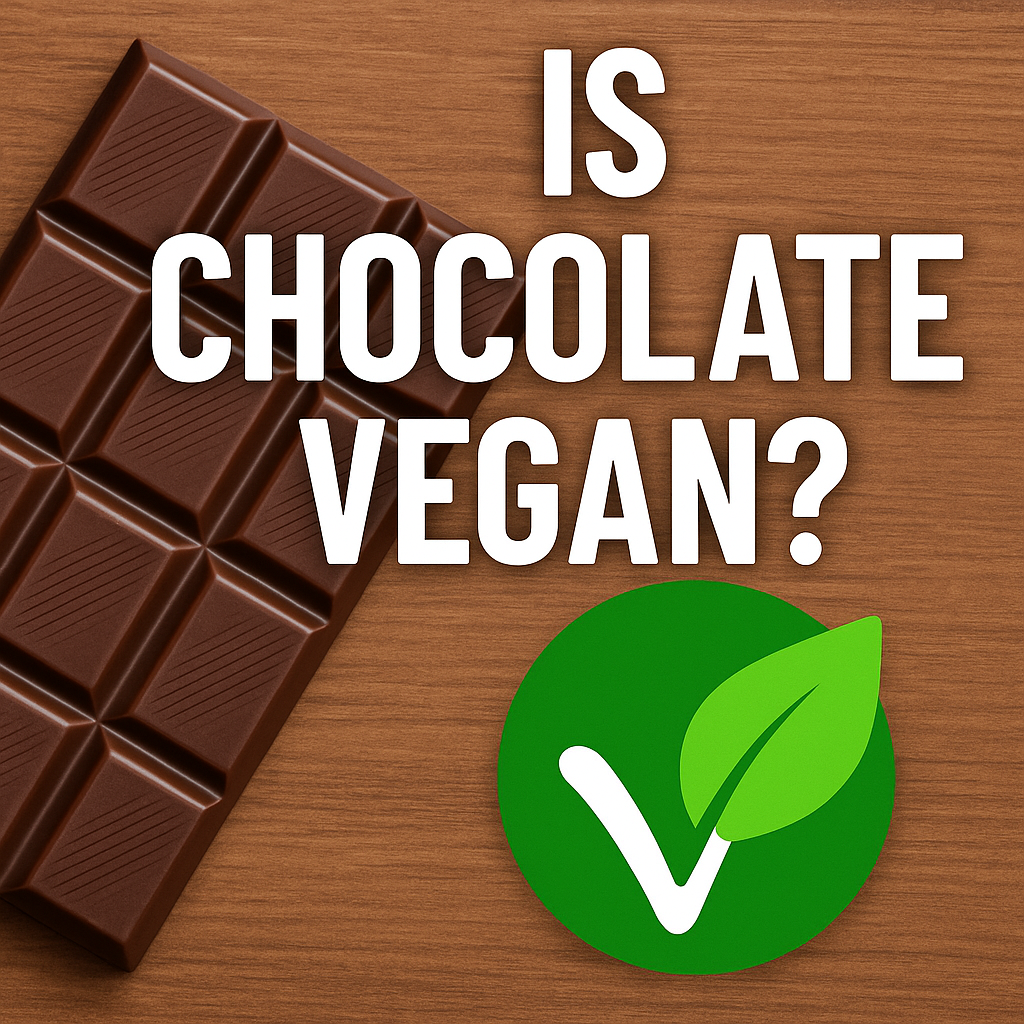


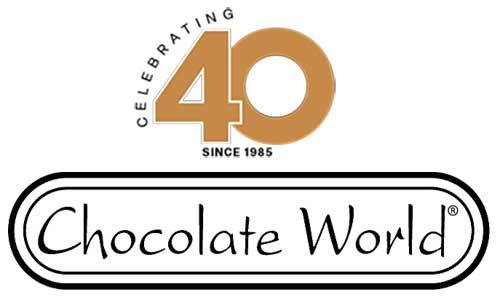

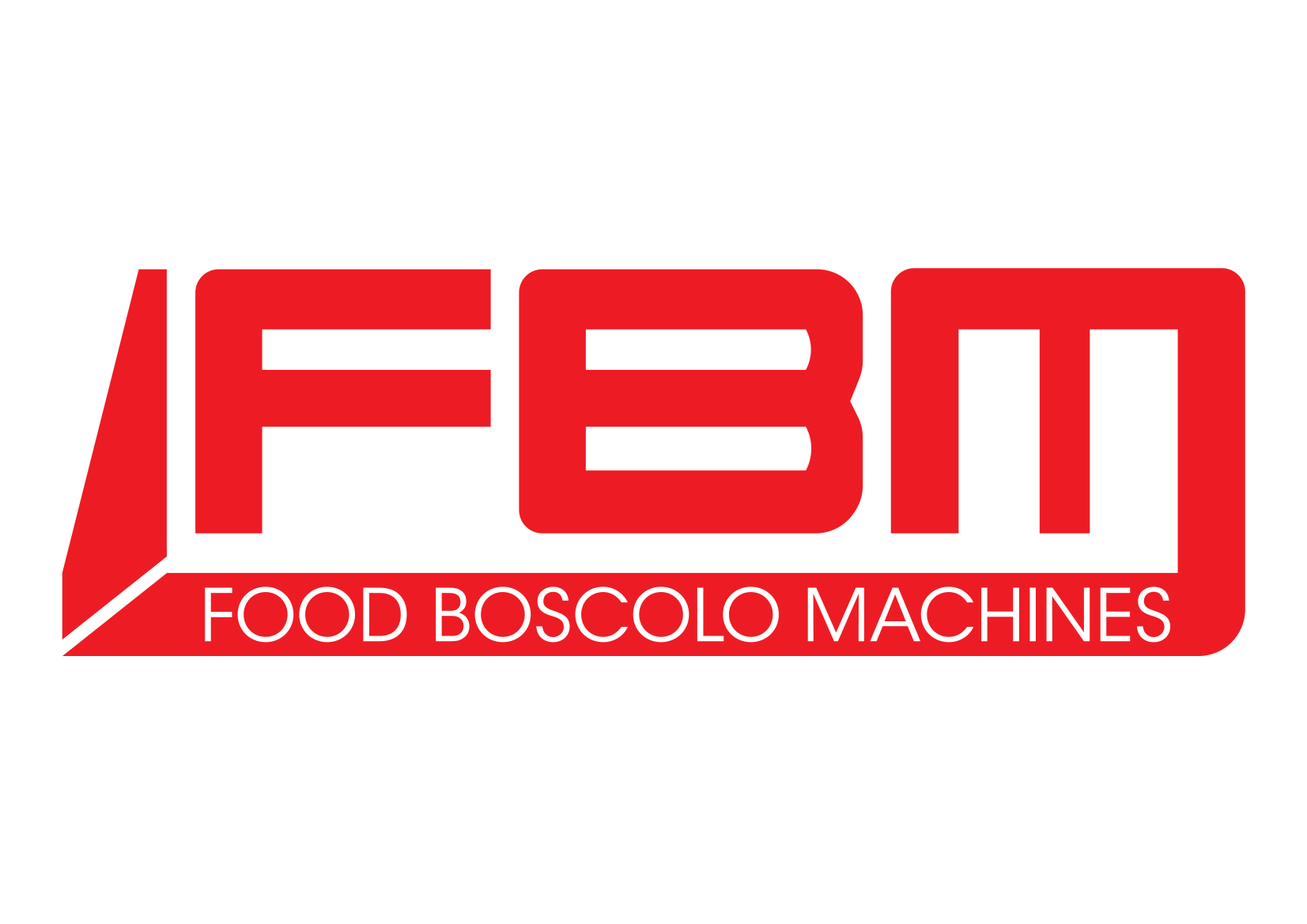
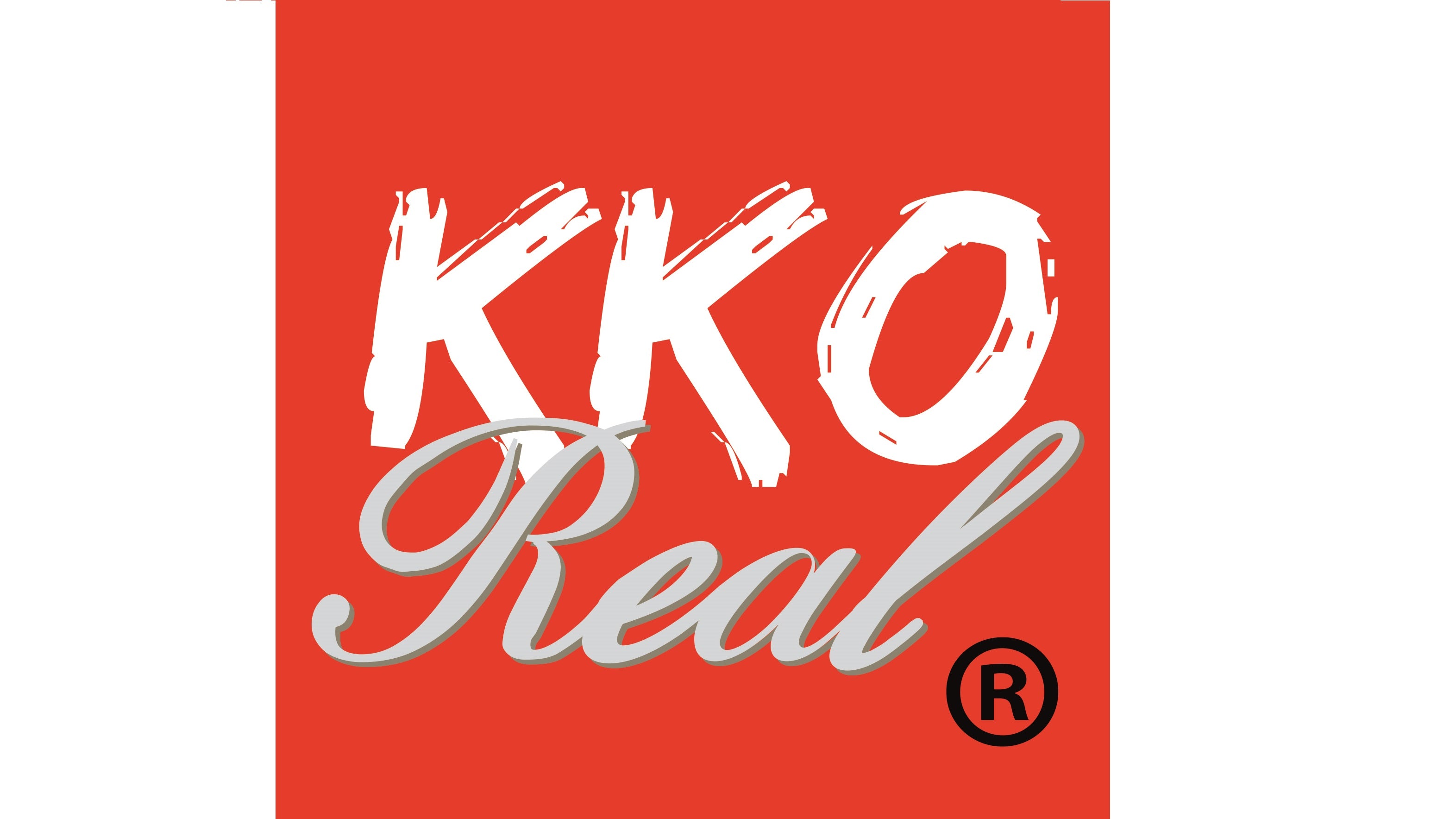

















Laisser un commentaire
Tous les commentaires sont modérés avant d'être publiés.
Ce site est protégé par hCaptcha, et la Politique de confidentialité et les Conditions de service de hCaptcha s’appliquent.